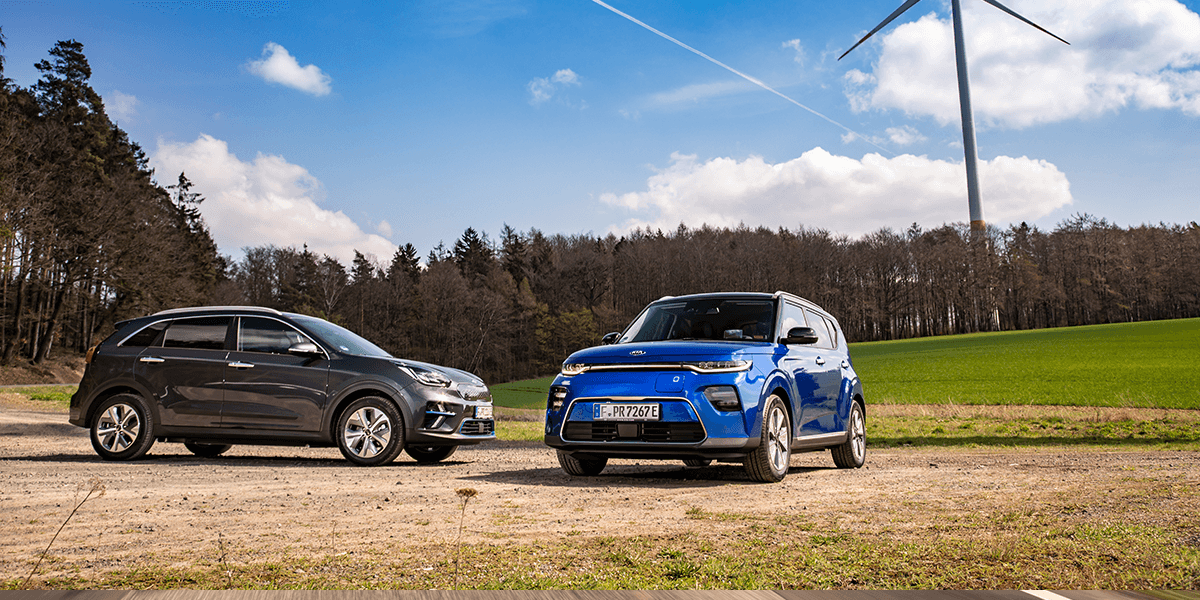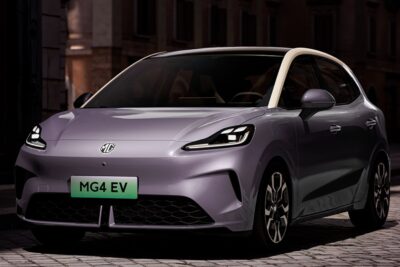Kia is banking on BEVs for CO2 targets
Kia wants to achieve the European CO2 emission targets with a strategy focusing on battery-electric cars. In an interview Emilio Herrera, Chief Operating Officer of Kia Europe, gave interesting insights into the plan, including “emergency” options.
According to a study by PA Consulting, Hyundai-Kia will miss its fleet average CO2 target of 91.7 grams per kilometer. The management consultancy expects the Korean company to reach 94.9 grams – 3.2 grams too much. For Emilio Herrera this is a problem. “Failing to make the targets is not an option. Our Korean headquarters would not accept it,” the manager told Automotive News Europe.
According to Herrera, Kia will have to sell 40,000 electric cars in Europe in 2020 alone in order to achieve the CO2 target. Kia would still benefit from the Supercredit system: By 2020, cars that emit less than 50 grams of CO2 per kilometre will be counted as two vehicles. In 2021 the factor will fall to 1.67, in 2022 to 1.33.
For this year Herrera estimates EV sales at 16,000 vehicles in Europe – 12,000 e-Niro and 4,000 e-Soul. The problem is that there is not enough supply from the Korean plants. “In most of the countries, we have already sold the quantities allocated for the whole of 2019, so these countries are already selling the 2020 production,” says the COO. Battery production, Hyundai-Kia’s Achilles heel to-date, is expected to increase in the second half of the year and improve the situation for 2020.
New all-electric models are not in sight for the time being. In November, production of the Ceed Kombi and XCeed PHEV offshoots will start at the European plant in Zilina, Slovakia, and both are scheduled to go on sale in January 2020. In addition, the mid-range SUV Sorento will receive a mild hybrid and a plug-in hybrid. The hatchback version of the Ceed will also come with a mild hybrid in November. Although these engines help to reduce CO2 emissions by a few percentage points, they are not entitled to the supercredits, which are valuable in the short term.
For this reason – and since it is unclear how many BEVs will really be delivered from Korea to Europe – Herrera has announced several emergency options to “Automotive News Europe”. According to this, Kia could completely convert its car sharing business in Spain to electric drives or introduce lower-emission tyres for every vehicle. In addition, all company cars, dealers’ demonstration cars and service vehicles could be converted to electric drives.
Kia only needs a certain number of electric cars for this purpose. And the satisfaction of customers who wait months for their ordered electric car, but then see electric company cars on the road, has not yet been taken into account. But according to Herrera, Kia does not want one thing: to deliberately reduce the volume in some markets in order to avoid the fine.





1 Comment